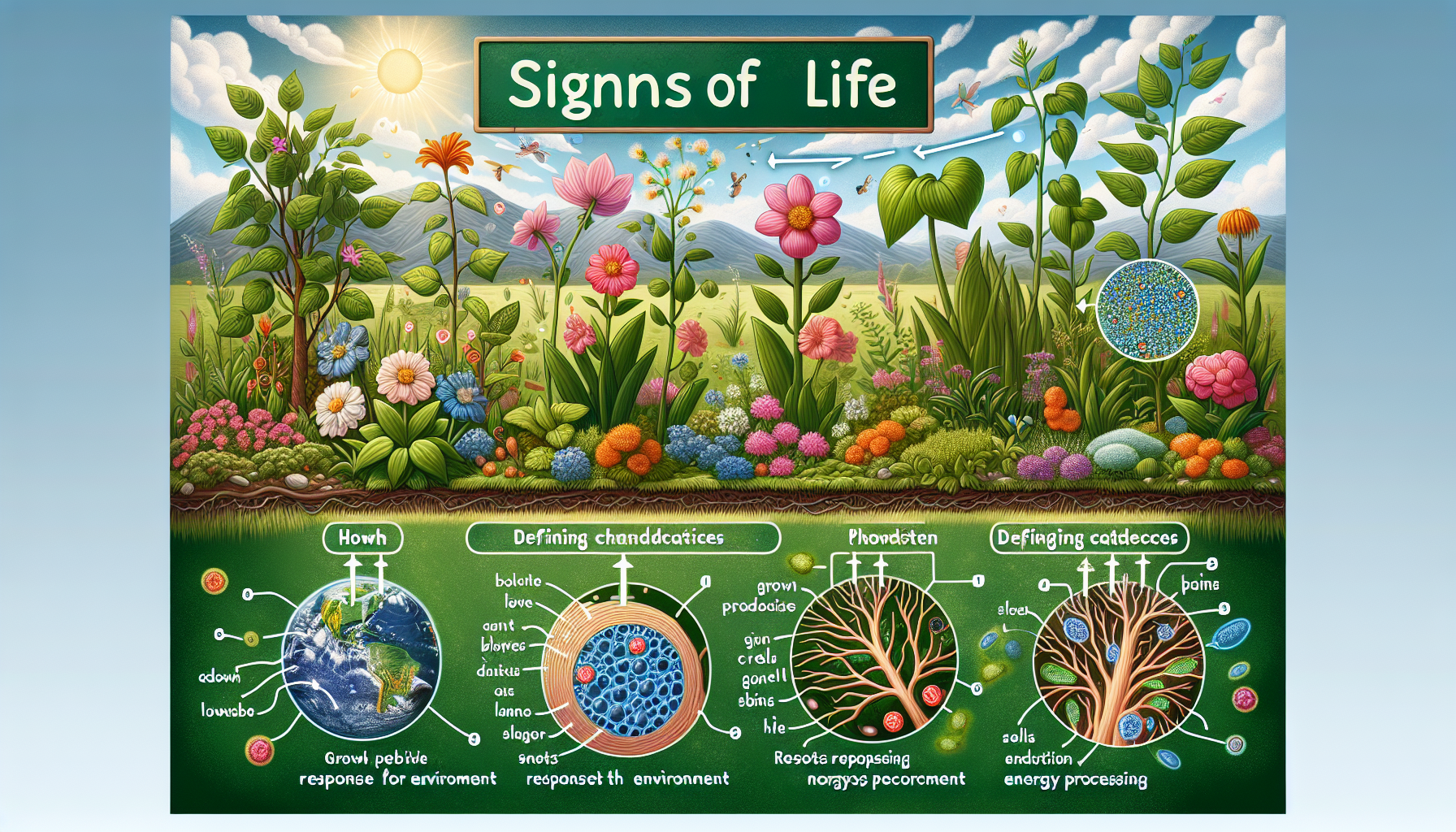
are plants alive
Are Plants Alive? Exploring the Science Behind Their Existence
When we think of living things, animals and humans often come to mind first. But what about plants? Are they truly alive? The answer is a resounding yes. Plants are living organisms, and their life processes are as fascinating as they are essential to life on Earth. Let’s dive into what makes plants alive and why they matter so much.
What Defines Life?
To understand whether plants are alive, we first need to explore the characteristics of living organisms. Scientists generally agree on a set of criteria that defines life, including:
- Growth and development
- Reproduction
- Response to stimuli
- Metabolism (energy use)
- Cellular structure
- Adaptation to the environment
Plants meet all these criteria, making them unquestionably alive. Let’s examine how they fulfill these requirements in more detail.
How Do Plants Exhibit Life Processes?
1. Growth and Development
Plants grow from seeds into mature organisms through processes like cell division and elongation. They develop leaves, stems, and roots, adapting their structure to their environment. This growth is a hallmark of life.
2. Reproduction
Plants reproduce in a variety of ways, including sexual reproduction through flowers and seeds or asexual reproduction like budding or cloning. This ability to create offspring ensures the survival of their species.
3. Response to Stimuli
Have you ever noticed a sunflower turning toward the sun? This phenomenon, called phototropism, is one example of how plants respond to external stimuli. They can also react to touch, gravity, and water availability.
4. Metabolism
Plants produce energy through photosynthesis, a process that converts sunlight, carbon dioxide, and water into glucose and oxygen. This energy fuels all their life processes.
5. Cellular Structure
Like all living organisms, plants are made up of cells. What makes plant cells unique is their rigid cell walls and chloroplasts, which allow them to carry out photosynthesis.
6. Adaptation
Over millions of years, plants have adapted to thrive in diverse environments, from arid deserts to lush rainforests. These adaptations, such as drought-resistant leaves or deep root systems, showcase their ability to survive and evolve.
Why Are Plants Important to Life on Earth?
Plants are not just alive—they are vital to life on Earth. They provide oxygen, food, and shelter for countless organisms. Without plants, ecosystems would collapse, and life as we know it would be impossible. They also play a crucial role in combating climate change by absorbing carbon dioxide from the atmosphere.
Conclusion
So, are plants alive? Absolutely. They exhibit all the characteristics of life and play an essential role in maintaining the balance of our planet's ecosystems. Next time you see a tree swaying in the wind or a flower blooming, take a moment to appreciate the vibrant life that plants bring to our world.
If you’d like to learn more about the fascinating lives of plants, check out this excellent resource: The Botanical Society.
What do you think about the idea of plants being alive? Share your thoughts in the comments below!